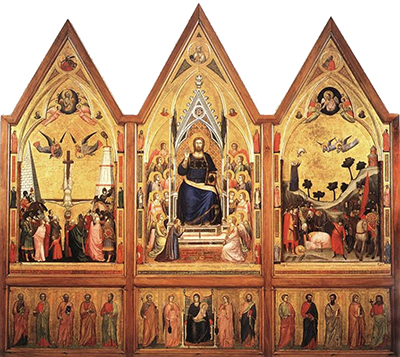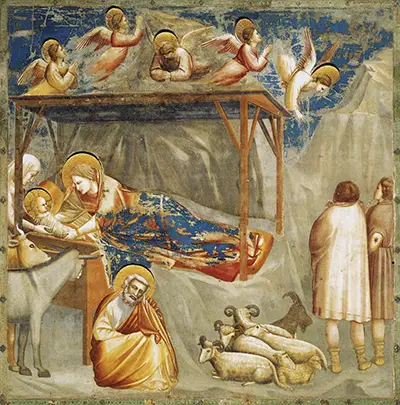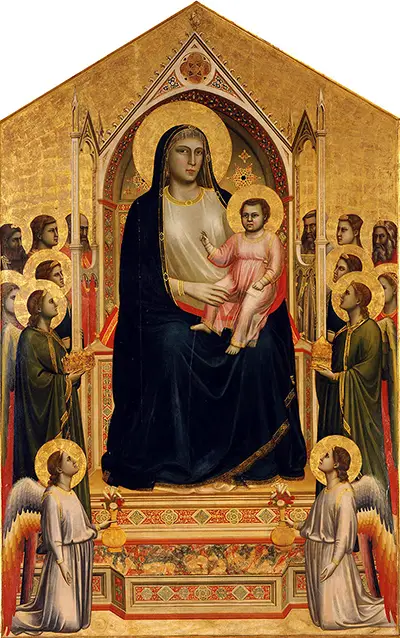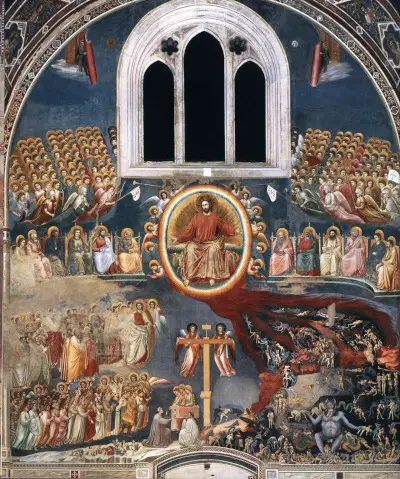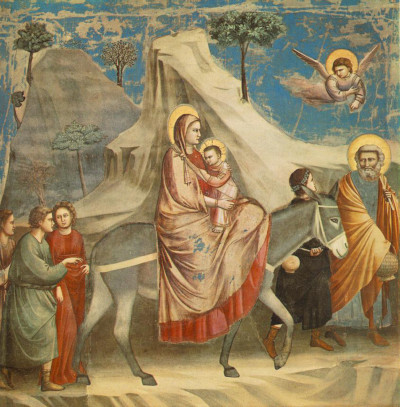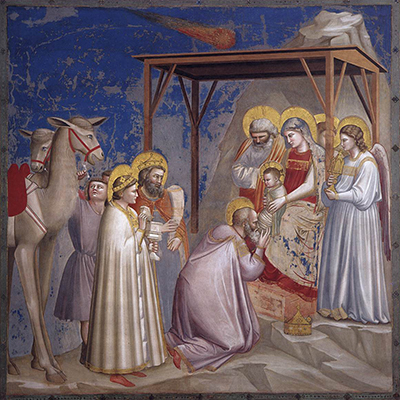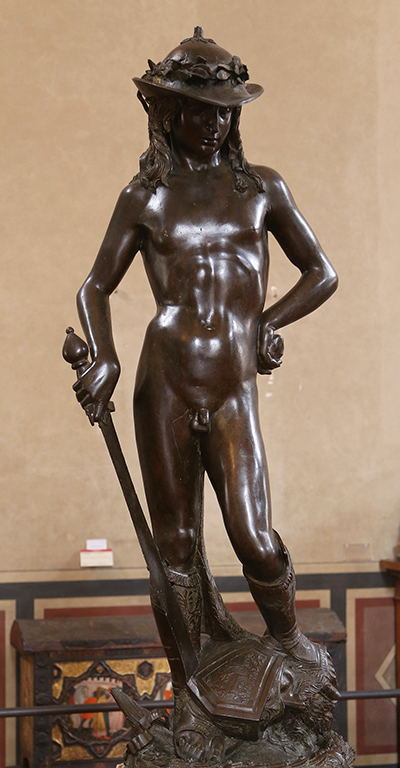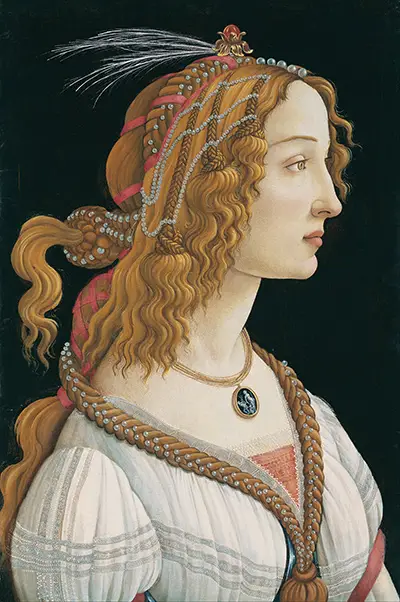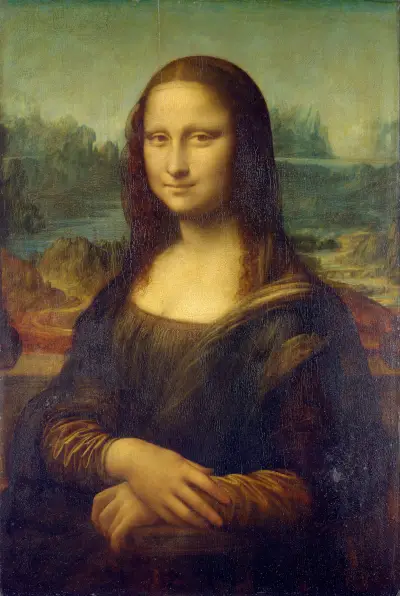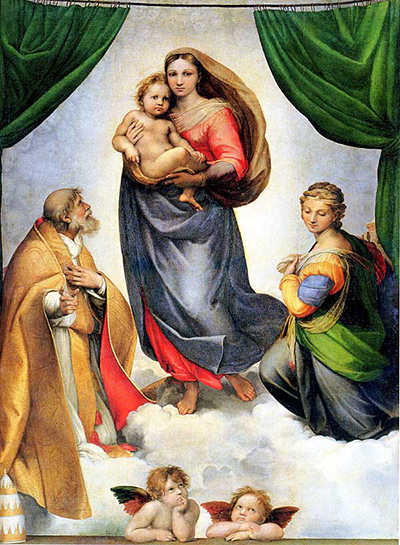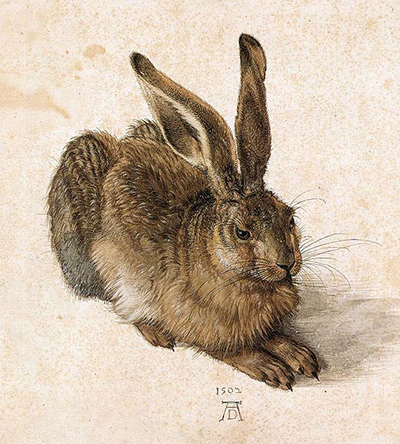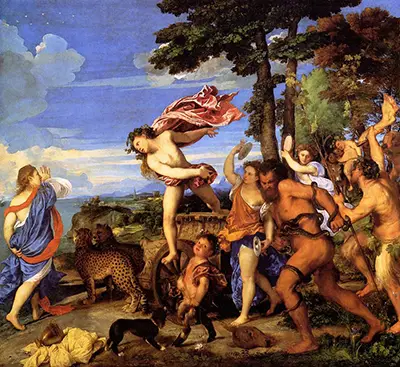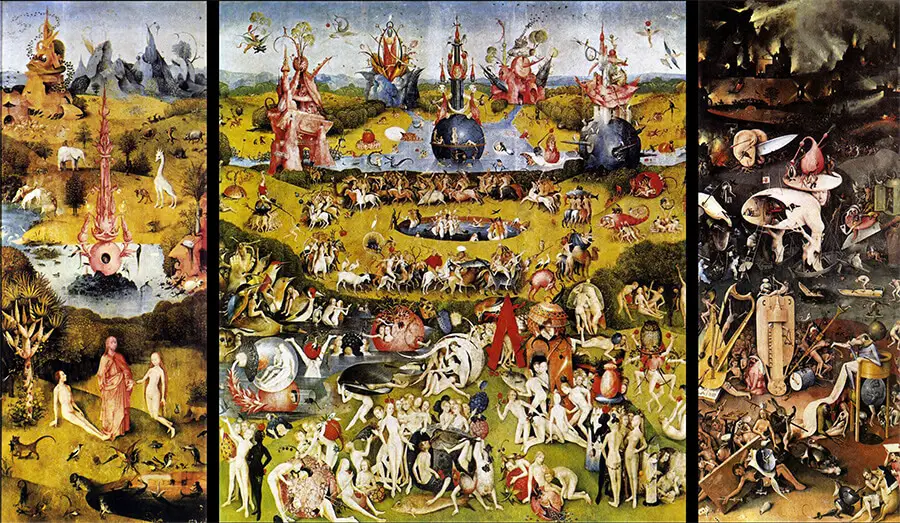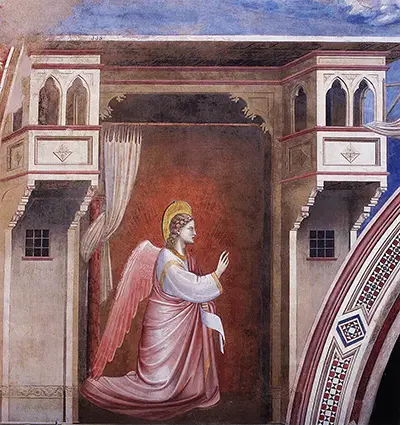 Buy Art Prints Now
Buy Art Prints Nowfrom Amazon
* As an Amazon Associate, and partner with Google Adsense and Ezoic, I earn from qualifying purchases.
The Annunciation, the Angel Gabriel sent by God, by Giotto is loosely dated to around 1306. It is a lesser known addition to his work within the Scrovegni Chapel.
This fresco is notable for a number of reasons, firstly being its reference to passages from the Bible. In terms of the style of the work, its use of architectural flourishes and patterned sections adds much to its visual finish and underlines the flexibility of this artist.
Description of the Painting
Sitting besides the triumphal arch, we find Mary and the Angel of the Annunciation kneeling in opposing directions. We then find a mix between actual architecture within the chapel itself, as well as the sculptured, painted features found in this painting. The two can blend together, such were the skills possessed by Giotto, and the assistants whom he closely supervised.
Position within the Chapel
Whilst not being a part of the standard cycle of frescoes, but an extra addition to match the layout of the chapel, Annunciation is sometimes overlooked when considering the overall project. It does possess important qualities, however, and shows the artist’s skill with drapery, color, patterned design, architecture and perspective, all within a relatively small space.
Realistic use of Drapery
Giotto captures the angel with golden halo and wings, as one would expect. We also can identify rolls of material beautifully added by the artist, allowing us to feel the material hanging from the angel’s body, and even spot points of tension around the belly button.
The additional use of brighter tones, all of which complement each other, helped to produce a stunning finish. See also the use of shading below the architectural features, as they jut out visually. A fairly placid blue sky relaxes above, bringing color to the scene but without distracting us from the main focal point.
Work within the Scrovegni Chapel
Giotto spent many years working and supervising at the chapel. Rows of frescoes were produced, covering scenes from the Bible, in line with the requests of his donor. Annunciation was a common theme in Italian art at the time, and one would always expect it to make an appearance somewhere within the chapel, just as it was.
Giotto had a fairly efficient routine organized with the rows of panels running through the chapel but for this piece, and others which fell outside of that format, it is likely that he would have had to have worked to a more custom approach, adapting to their specific needs. He might have used less of his assistants' help for Annunciation, therefore, and some of this piece may have been tricky to complete.
Conclusion
We can conclude that The Annunciation, the Angel Gabriel sent by God provides another example of Giotto’s handling of religious narratives, as well as the key qualities that he brought to Italian art. The Scrovegni Chapel continues to remind us of his incredible mastery and influence on the Renaissance. He was able to spread a consistent finish across these series of frescoes, even with the use of many assistants in order to complete this ambitious project.
There is also a use of the Annunciation across many careers from around this period, and one can compare these to learn more about each artist. Giotto’s contributions work well within his style, using color, emotion and form in a manner which helped art to evolve from the Byzantine era.
More Renaissance Artists



 Giotto.jpg)
 Giotto.jpg)
